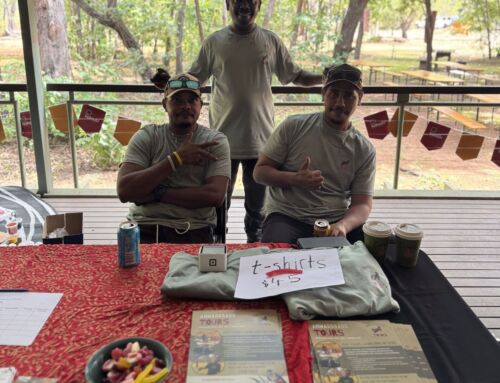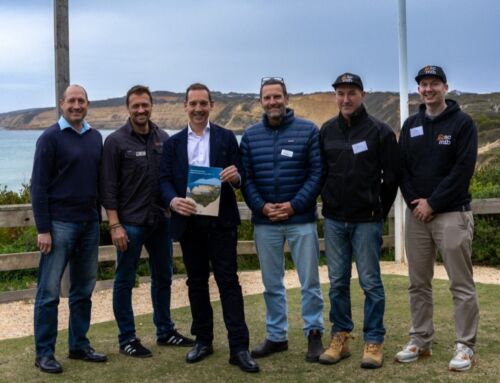Words: Natasha Paul
The answer to this question is not straightforward and there is no ‘one size fits all’ approach or silver bullet solution to ensure a quick fix to some of the complex and deeply systemic issues and fragilities that exist in some destinations. The answer lies in a combination of things…and in taking the long view. It can be found by incrementally strengthening and building resilience in the overall tourism system and tourism value chain within a destination.
It starts with defining what ‘better’ actually means in the context of the place you are talking about and in the context of what people who live there and/or are custodians of the place see as ‘better’; what the businesses and people who deliver the products and services that support tourism see as ‘better’; what the people who visit see as ‘better’ and what the organisations charged with responsibility for management of the destination see as ‘better’ and then responding to all of those different perspectives and influences to find the common ground. It is about identifying the opportunities and continuously working on solutions to address the challenges that can’t be easily resolved, including those that have emerged in the wake of all that has happened these past few years.
As the sector hardest hit by COVID-19, the pandemic and its global reach and scale of impact simultaneously exposed the importance of tourism and the challenges tourism presents in a way that no other event could possibly have done. The complete absence of tourism for an extended period followed by a focus on the hyper local (people who live in the destination) and intrastate tourism markets revealed different things in different places.
The pandemic generated a patchwork of successes and failures for destinations – some reaped the benefits of the renewed appetite and interest in exploring what is on offer closer to home, uncovering the hidden gems of a place, and the chance to learn more about, connect to and value what is on offer in our own backyard – but in doing so endured a new set of challenges along the way. In some instances they were loved a little too much! Shortages of car parking, congestion on trails, the need for longer lead times to secure bookings, overflowing rubbish bins – the list goes on! Other destinations, particularly those geared to and reliant on international visitation became near ghost towns, decimated by border closures with less ability to adapt to a changed market but a fundamental need to consider how to evolve, grow and change. These destinations now face their own unique challenges – as demand picks up, many are suffering desperately from workforce shortages translating to service quality issues and this is compounded by the lack of availability of affordable accommodation for many workers in the sector.
The COVID lens has changed the way people will travel and what they want and will demand from their experiences. It has changed the way policy makers view tourism and their understanding of its importance to regional, state and national economies – something the tourism industry has long been championing. It has challenged perceptions and forced deep reflection on many levels. We saw some incredible examples around the world of what happens when high volumes of people stop visiting places that were previously overrun by tourism. In some places, nature was allowed the opportunity to regenerate and flourish. Similarly, there were incredible examples of the best of humanity – our ability to adapt, connect, collaborate, renew, innovate.
So returning to the question of how do we actually build back better? Firstly, we need to recognise very clearly that sustainable tourism is no longer some future aspirational goal, a value add, something that is tacked on to the end of a plan. Climate change is no longer some far off risk that needs to be planned for at some unknown point in time. These issues and planning for future shocks and other drivers of change (such as innovations in technology) need to be placed at the very heart of tourism planning efforts. The business case for sustainable destination management and sustainable business operations exists and is an urgent imperative. Destinations need to adapt now or be left behind.
Building back better means thinking about how tourism as a sector can go beyond the concept of sustainability and extend to being a genuine, authentic force for good; a regenerative force that improves local economies, preserves local cultures, enhances the social fabric of communities and protects our precious places and biodiversity while offering memorable, authentic life-changing experiences to visitors.
Consumer and corporate demand for sustainable, responsible travel and tourism is growing and visitors are increasingly wanting to know how destinations are managed, and how they can ensure their visit improves the place and the lives of the people who live there.
Destinations that implement plans for a more sustainability-driven future will fare better and be more competitive. Frameworks such as the United Nations Sustainable Development Goals and the Global Sustainable Tourism Council’s destination criteria can be used as the lens through which to start uncovering opportunities to ‘build back better’ – these tools can be used to identify where a destination is performing well, and where there is room for improvement.
TRC have been working with destinations across Australia, New Zealand and the Pacific, at scale, supporting them through COVID-19 recovery and transitioning to a new era of tourism. We understand the many different and profound ways in which the pandemic has impacted the tourism sector and we understand the essential elements for recovery in the short term and to enable tourism to thrive in the longer term. Together with our clients, we have been supporting the redesign of experiences, review of source markets and approaches to marketing, governance, workforce capability, investment, and infrastructure development in these evolving and uncertain times. The importance of regional input and comprehensive representation in state-wide planning, development and marketing efforts has never been more important.
The importance of placing communities and environment at the centre of destination planning efforts has never been more important and remains central to all that we do.






